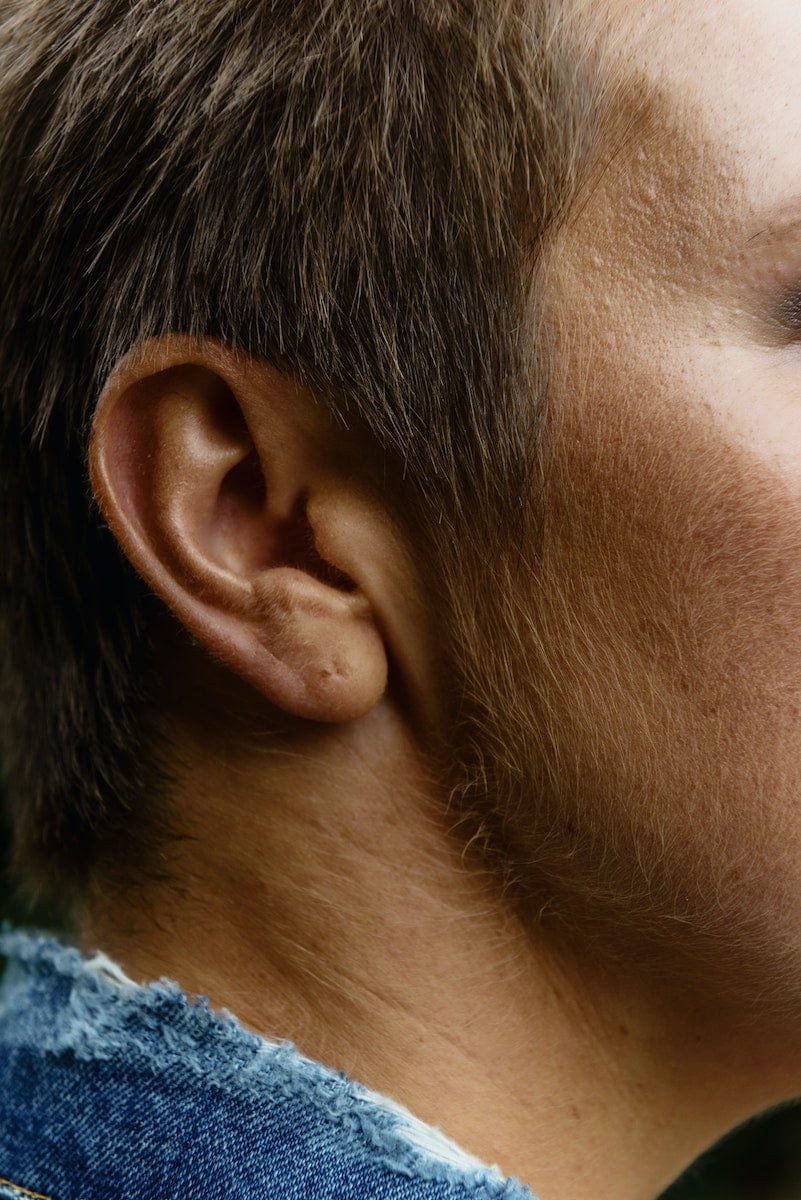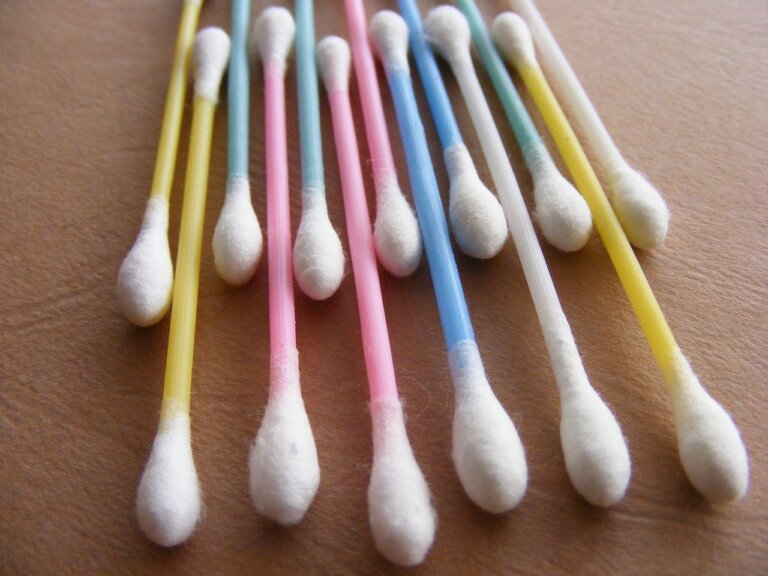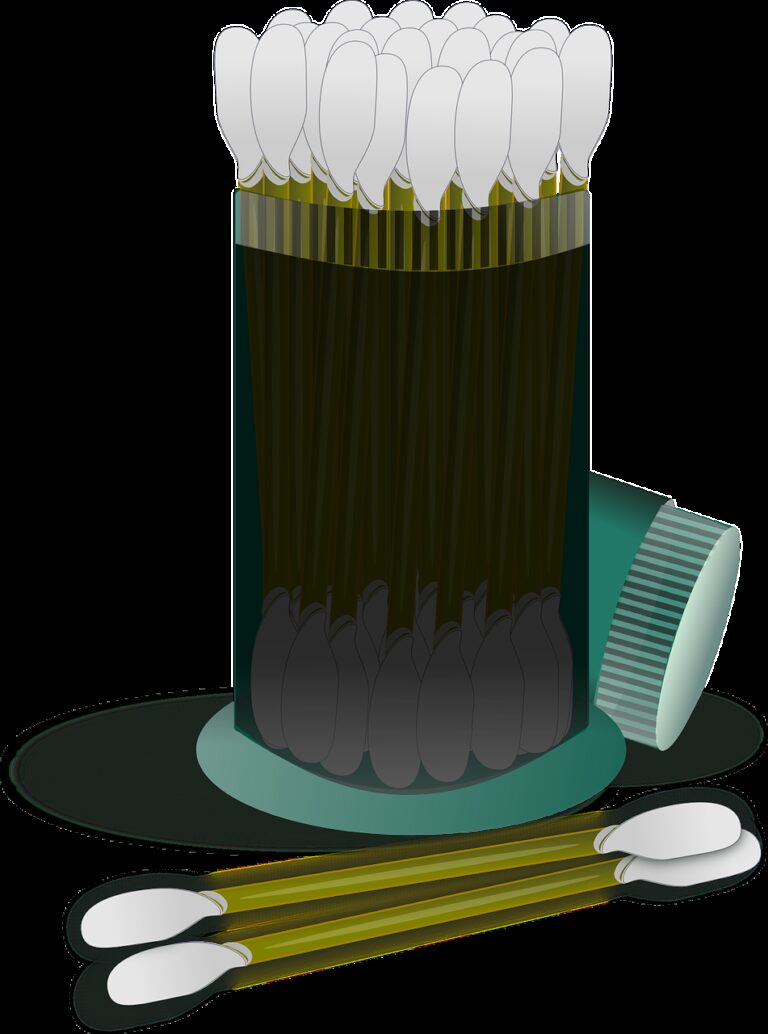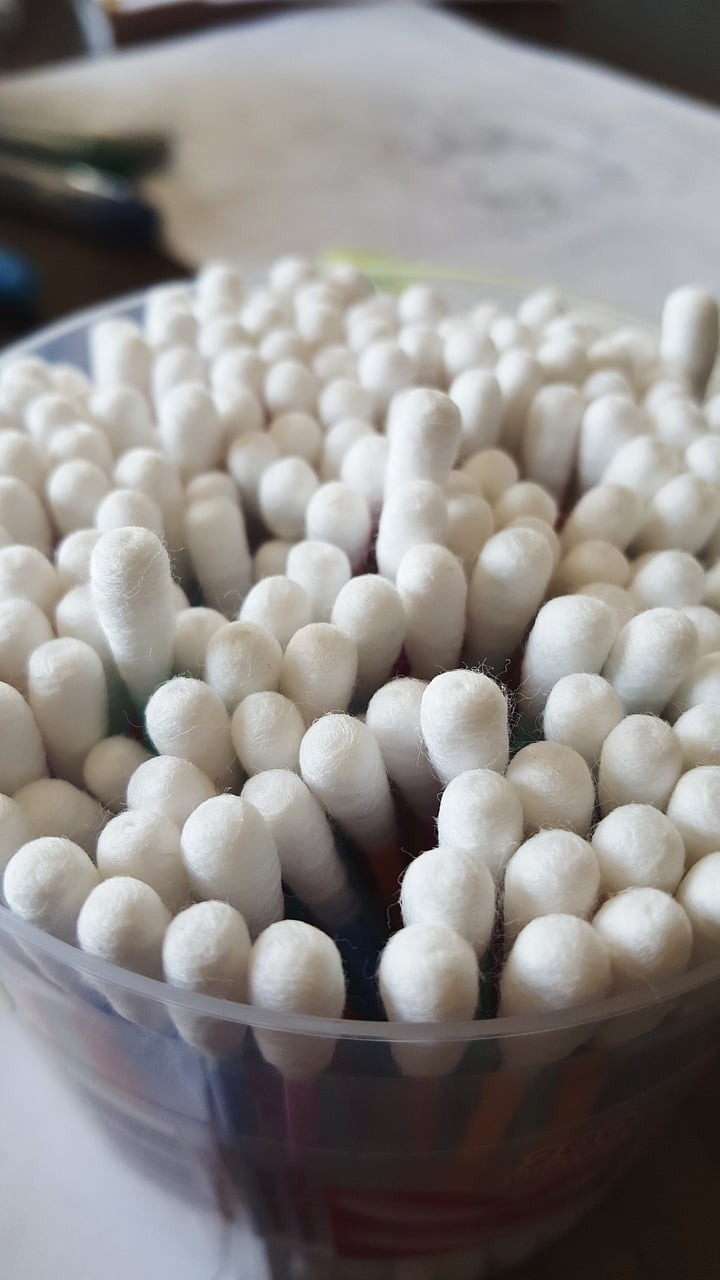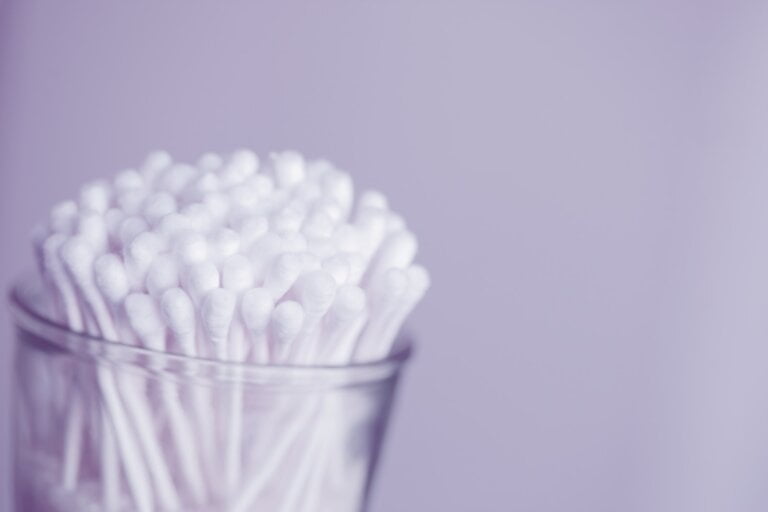More than Just a Blockage: Understanding the Essential Functions of Ear Wax
Ear wax, also known as cerumen, is a naturally occurring substance produced by the glands in our ear canal. While many people consider it a nuisance or a problem to be removed, ear wax actually serves several important functions in maintaining the health and functionality of our ears. In this article, we will delve into the essential functions of ear wax and explore why it is crucial to understand its role.
What is Ear Wax?
Ear wax is a waxy substance secreted by the ceruminous glands in the ear canal. It is composed of a mixture of dead skin cells, oils, sweat, and dust. The production of ear wax is a natural and healthy process that helps protect the delicate structures of the ear.
1. Lubrication and Moisturization
One of the primary functions of ear wax is to lubricate and moisturize the ear canal. The sticky nature of ear wax helps to prevent dryness and itching, keeping the skin in the ear canal nourished. This lubrication helps reduce friction and irritation, preventing discomfort and potential damage to the ear.
Furthermore, the lubricating properties of ear wax aid in maintaining the flexibility and suppleness of the ear canal, allowing it to function optimally. Without sufficient lubrication, the delicate skin in the ear canal may become dry and prone to cracks or irritation.
To maximize the lubrication and moisturization benefits of ear wax, it is important to avoid excessive cleaning or removal of wax from the ears. Regular cleaning of the outer parts of the ear with a washcloth or warm water is sufficient to maintain hygiene without interfering with the natural lubricating function of ear wax.
2. Trapping and Removing Debris
Another crucial role of ear wax is to trap and remove debris, such as dust, dirt, and bacteria, that may enter the ear canal. The sticky consistency of ear wax helps to capture these foreign particles, preventing them from reaching the eardrum and causing potential harm or infection.
The ear canal is exposed to various environmental elements, including airborne particles and pollutants. Without the protective barrier provided by ear wax, these substances could easily reach the sensitive structures of the ear, leading to irritation, inflammation, or even infections.
By efficiently trapping and removing debris, ear wax helps to maintain a clean and healthy ear canal. This is particularly important in preventing the accumulation of excessive wax and blockages, which can impair hearing and cause discomfort.
3. Defense Against Infections
Ear wax contains natural antibacterial properties that play a significant role in protecting the ear from infections. The secretions in ear wax, such as lysozyme, help kill bacteria and ward off potential infections. By forming a protective barrier, ear wax acts as the first line of defense against harmful microorganisms.
In addition to lysozyme, ear wax also contains other substances that have antimicrobial properties. These substances help inhibit the growth of bacteria, fungi, and other pathogens that may enter the ear canal. By neutralizing these microorganisms, ear wax helps to prevent infections and maintain the overall health of the ears.
It is worth noting that while ear wax provides some protection against infections, it is not foolproof. In certain cases, such as when the ear wax becomes impacted or when there is excessive production, infections may still occur. Therefore, it is important to practice good ear hygiene and seek professional help if any concerns arise.
4. Self-Cleaning Mechanism
Our ears have a self-cleaning mechanism aided by ear wax. As the jaw moves during activities like talking or chewing, the ear wax gradually moves from the ear canal towards the ear opening. This natural movement helps to push out old ear wax along with any trapped debris, keeping the ears clean and healthy.
The self-cleaning mechanism of the ears is a fascinating process that helps to remove excess ear wax and maintain the overall cleanliness of the ear canal. This continuous movement ensures that the ear wax does not accumulate and cause blockages.
However, it is important to note that the self-cleaning mechanism may not always be sufficient, especially in cases where there is excessive wax production or when blockages occur. In such situations, professional intervention may be necessary to safely remove the accumulated wax and restore normal ear function.
5. Protection from Water and Insects
Ear wax also provides a protective barrier against water and insects. The waxy consistency of ear wax repels water, preventing it from entering the ear canal and potentially causing damage or infections. Additionally, the stickiness of ear wax can act as a deterrent against insects, stopping them from crawling into the ears.
Water exposure in the ear canal can lead to discomfort, hearing impairment, and even infections such as swimmer’s ear. The hydrophobic properties of ear wax help to create a waterproof barrier, preventing water from reaching the delicate structures of the ear.
Furthermore, the stickiness of ear wax helps to keep insects at bay. Insects, such as gnats or flies, may be attracted to the warmth and moisture of the ear canal. However, the sticky nature of ear wax can trap these insects, preventing them from causing irritation or damage.
Types of Ear Wax
There are two common types of ear wax: wet and dry. The type of ear wax a person has is determined by their genetics and ethnicity.
1. Wet Ear Wax
Wet ear wax, also known as cerumen oleosum, is characterized by a sticky and yellowish appearance. Individuals with wet ear wax have a higher production of oils and lipids in their ceruminous glands. This type of ear wax is more common among people of African, European, and Hispanic descent.
The sticky nature of wet ear wax provides enhanced lubrication and trapping capabilities. It effectively moisturizes the ear canal, reducing the risk of dryness and discomfort. Additionally, the stickiness aids in capturing debris and preventing it from reaching the eardrum.
2. Dry Ear Wax
Dry ear wax, also known as cerumen furfuraceum, has a flaky and light appearance. People with dry ear wax have a lower production of oils and lipids, resulting in drier ear wax. This type of ear wax is more prevalent among people of East Asian descent.
Dry ear wax may be less effective in lubricating the ear canal compared to wet ear wax. However, it still plays a role in trapping debris and providing some level of protection against infections. It is important to note that the effectiveness of ear wax in protecting the ears is not solely dependent on its type but on various factors such as overall ear health and hygiene practices.
It is essential to note that the type of ear wax a person has does not affect its functions or effectiveness in protecting the ears.
How to Manage Ear Wax
While ear wax is beneficial for our ears, excessive wax buildup can lead to blockages and discomfort. Here are some ways to manage ear wax effectively:
1. Avoid Inserting Objects into the Ear
It is crucial to avoid inserting objects like cotton swabs or hairpins into the ear canal to remove ear wax. This can push the wax deeper into the ear, potentially causing blockages or injuries to the delicate structures.
Inserting objects into the ear canal not only fails to remove ear wax effectively but also increases the risk of complications. The ear canal is a delicate and sensitive area, and any improper manipulation can lead to injury or irritation. Instead, it is recommended to let the self-cleaning mechanism of the ears naturally remove excess wax.
2. Practice Good Ear Hygiene
Maintaining good ear hygiene can help prevent excessive wax buildup. Gently cleaning the outer parts of the ear with a washcloth or warm water can help remove any visible wax. However, it is important to avoid inserting anything into the ear canal.
Regular cleaning of the outer ear helps to remove dirt, debris, and visible ear wax. This simple practice can contribute to overall ear health and prevent the accumulation of excessive wax. It is important to emphasize that cleaning should only be done on the outer parts of the ear and should never involve inserting any objects into the ear canal.
3. Seek Professional Help
If you experience symptoms of excessive ear wax, such as earache, hearing loss, or recurring ear infections, it is recommended to seek professional help. A healthcare provider or an ear, nose, and throat specialist can safely remove the excess wax using specialized tools and techniques.
Professional assistance may be necessary when there is a significant buildup of ear wax or when blockages occur, causing discomfort or impairing hearing. Attempting to remove excessive wax without proper knowledge or tools can lead to complications or damage to the ears. Therefore, it is best to consult a healthcare professional for appropriate guidance and treatment.
Conclusion
Ear wax is more than just a blockage. It serves vital functions in protecting and maintaining the health of our ears. From lubricating the ear canal to trapping debris and defending against infections, ear wax plays a crucial role in keeping our ears healthy. Understanding the essential functions of ear wax can help us appreciate its significance and adopt appropriate ear hygiene practices. Remember, if you experience any concerns related to ear wax, it is best to consult a healthcare professional for proper guidance and treatment.
FAQ
1. What is the function of ear wax?
Ear wax serves several important functions, including lubricating and moisturizing the ear canal, trapping and removing debris, defending against infections, and acting as a self-cleaning mechanism.
2. How does ear wax lubricate and moisturize the ear canal?
Ear wax has a sticky nature that helps to prevent dryness and itching in the ear canal. It reduces friction and irritation, keeping the skin nourished and maintaining the flexibility of the ear canal.
3. What role does ear wax play in trapping and removing debris?
Ear wax traps and removes debris, such as dust, dirt, and bacteria, preventing them from reaching the eardrum and causing harm or infection. It helps maintain a clean and healthy ear canal.
4. Does ear wax provide protection against infections?
Yes, ear wax contains natural antibacterial properties and substances that inhibit the growth of bacteria, fungi, and other pathogens. It acts as a protective barrier, defending the ear against infections. However, it is not foolproof, and professional help may be needed in certain situations.

